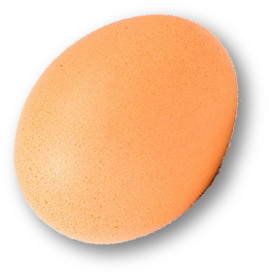- Brazil nut (1 IgE): rBer e 1
- Carp (1 IgE): rCyp c 1
- Cashew nut (1 IgE): rAna o 3
- Celery (1 IgE): rApi g 1.01
- Cod (1 IgE): rGad c
- Cow’s milk (3 IgE): nBos d 4, nBos d 5, nBos d 8
- Egg (3 IgE): Ovomucoid Gal d 1 / f 233, Ovalbumin Gal d 2 / f 232, egg white f 1
- Gliadin, Wheat (1 IgE): rTri a 19
- Hazel nut (4 IgE): rCor a 1, rCor a 8 r, nCor a 9, Cor a 14
- Peach (3 IgE): rPru p 1, rPru p 3, rPru p 4
- Peanut (8 IgE): rAra h 1, rAra h 2, rAra h 3, rAra h 6, rAra h 8, rAra h 9, CCD MUXF3, Bet v2
- Shrimp (1 IgE): rPen a 1
- Soy (3 IgE): rGly m 4, nGly m 5, nGly m 6
- Walnut (2 IgE): rJug r 1, rJug r 3





